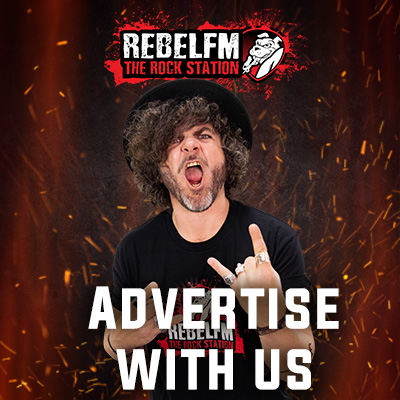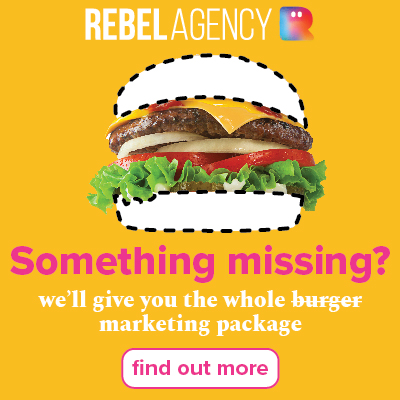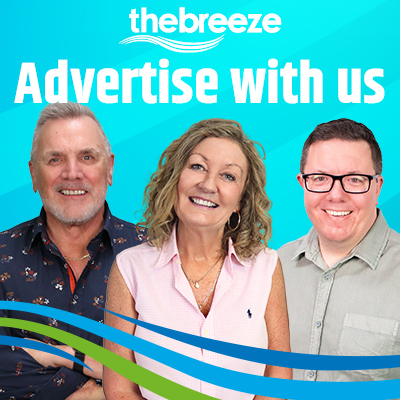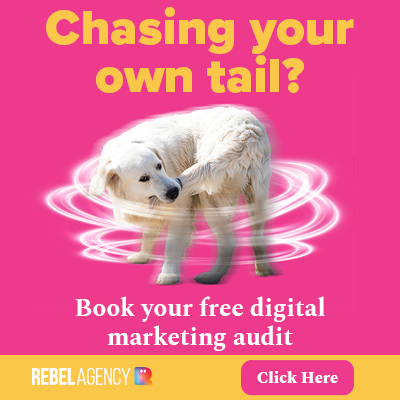If you’re planning to spend money on advertising there’s not just one thing you need to consider, there are five main points and without one or more of them, you are spending money on a campaign that may not achieve the results you want. It’s important to know that all five play an important part in the success or failure of your campaign so it’s important to get them right.
Let’s look at the 5 things you need to get right before your advertising campaign will work;
- Content
- Reach
- Frequency
- Website
- Budget
In this series we’ve discussed content which is the messaging you use to promote your products and services, now we’ll talk about reach and frequency. Reach and frequency work together to assist in achieving healthy results for a campaign.
Reach and Frequency
Reach is defined by the number of people that your message gets to, while frequency is the number of times they hear or see that message.
How are they related?
Many marketers believe that reach and frequency are inversely related. This means that if you reach more people, frequency suffers and vice versa, if you opt to increase your frequency, then fewer people will be exposed to your message. This is primarily due to budget restrictions. If you can’t afford to reach a large number of people, then you expose a small group of people to your message more often
So how do you get your message in front of more people more often?
Good marketers will employ a long term strategy that combines both brand and call to action campaigns. This means that over a long period of time you achieve your goal of reach and frequency while planning an intermittent call to action campaigns for sales or seasonal promotions to boost cashflow. Brand awareness is imperative to business success but it’s not a short term exercise.
So how much should I spend on my advertising?
Generally speaking, a successful business spends about 4.5% of its turnover each year on advertising. If you have a $5M turnover, then your advertising budget should be around $225K each year. While a business with a $500K turnover would spend $22.5K each year. Although this is recommended, many businesses don’t spend or allocate enough budget for advertising, and many struggles to spend just 1% on advertising and marketing. ($50K/$5K respectively) This lower budget, of course, leads to lesser results as you are not able to get the reach and frequency you need to convert to sales.
You need to ask yourself as a business owner, what would you spend to increase your income by X amount of dollars? If you are currently bringing in $1M per year in sales and want to double that to $2M, would you be prepared to spend 10% to do that? If you answered YES, then you would have a budget of $100K to spend on advertising to achieve it. The issue here is that businesses owners want guarantees that they will bring in the extra sales which are impossible as there are so many external factors that can affect your sales – not only advertising results.
For example, you may receive the additional work, but don’t have the infrastructure set up at your workplace to deal with the additional costs or work. You may have stock issues, your website may not be set up to covert sales. There are so many factors at play that could affect your campaign that needs to be considered ahead of time.
And the most common reason businesses don’t spend enough money on their advertising is that they have not budgeted for it or just don’t have access to the funds from cash flow or savings.
You need to spend money to make money. This means you need to plan long term advertising and marketing strategies using the most cost-effective means available to you
Colmar Brunton in 2018, researched the best return on investment using traditional media. They found that radio and digital advertising used together had the best ROI and by adding television advertising to the mix made no difference to the ROI, just increased the outlay.
Radio and digital media allow you to create a long term, a sustainable advertising campaign that can be used effectively to brand your business, products, and services and allow for a call to action campaigns when you need to reduce stock or change stock seasonally. These mass media marketing platforms allow you to reach your target audience with a frequency of messages without the typically high budgets required by TV, outdoor advertising, and newspaper. Again, these traditional forms of advertising have high cost set up which may give you reach but deny your frequency.
How often do you need to be exposed to a message before you buy?
There’s no set answer to that question. If you are considered a ‘hot’ buyer within the consumer buy cycle, it may not take as long as it might to convert a ‘warm’ or ‘cold’ buyer. The consumer buy cycle says that only 2% of people are hot for your product at any given time, therefore it is imperative that you get the reach you need and the frequency to convert those leads to customers.
A hot buyer for a washing machine, would be someone whose machine has broken down or has just moved into a new home where there’s no washing machine.
A warm buyer would be someone who is not satisfied with the performance of their current machine or needs a bigger/smaller washing machine due to changes in their circumstances; they are not in a hurry but if the incentive to buy was good enough they would become a hot prospect.
A cold customer is someone who has no interest in buying a washing machine at all.
Even cold buyers at some stage become warm or hot throughout their life so it is important to maintain your brand awareness.
Some experts say that a hot buyer needs to be exposed to your message at least 3 times before they consider visiting your store or your website, but considering the number of messages we are exposed to each day, many are now saying that someone needs to see or hear your message at least 7-11 times each month before the message resonates with them.
If you don’t have a big budget you need to realise that your results are not going to be as big either.
Example: A business that invests in a once-off junk mail delivery to 500 households in their local area may get a 2% return if they are lucky. That’s 10 calls to your business. If you convert 20% of them then that’s 2 customers for a return on a few hundred dollars (that is only accounting paid delivery and printing costs, not your time designing it or planning). If your product is only worth $100 you have only covered your expenses and not made any money from it. In this scenario you would need to deliver your message to the same 500 households every month, to make sure you maintain brand awareness and allow your business to be top of mind as consumers move through the buying cycle.
Small or no planning gets small or no results for the business. Advertising is about building a solid long term plan to brand your business over multiple platforms to reach as many people, as often as you can.
Our consultants at Rebel Connect are trained marketing consultants that can help you build your business marketing strategy using the “7 steps to more customers program” that we’ve used on our own business to grow our customer base. The program helps you plan a long and short term strategy based on your budget, ‘Close the Circle’ so your advertising is more effective and support you and your business with a range of additional support including graphic design, business rebrands, video creation, SEO packages and more.
Related article: What’s the most important part of your advertising campaign?
Related article: How do you decide how much to spend on your advertising?
Related article: Content Marketing in 2020





